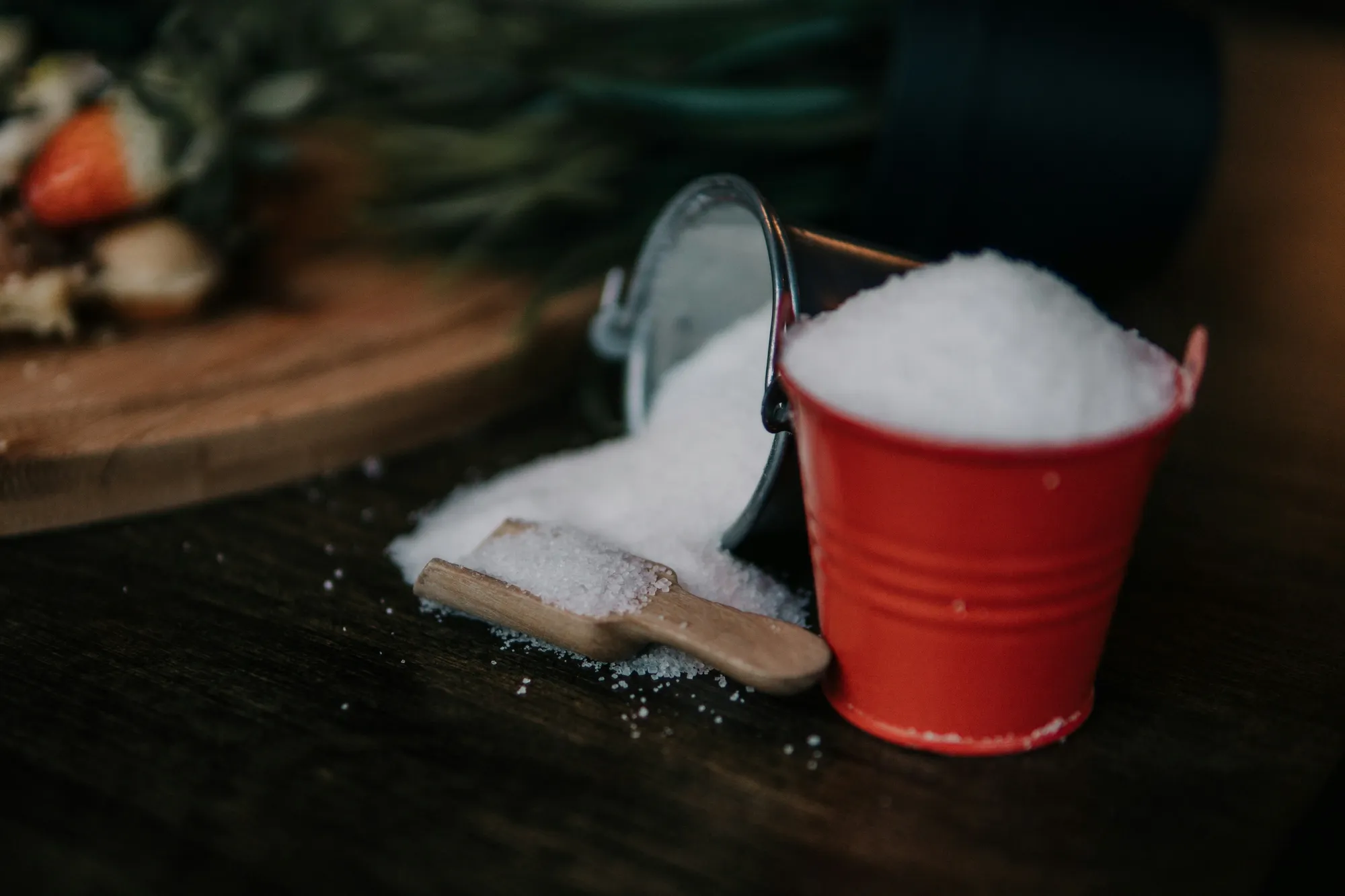When brewing we extract most of the needed sugars from the malts, but we also have the possibility to add sugars ourself. But in which situations do we want to add some sugar.
When mashing we want the enzymes to break down the starch in the grain into sugars. By this way we get fermentable and non-fermentable sugars. The type of that what we gain just depends on the mash temperature.
At low temperatures we mostly will end up in fermentable sugars, what results in a drier beer. At higher temperatures we will get non-fermentable sugars and that gives us a sweeter beer with a full body.
Table of contents
Reasons to add sugar
We can add sugar during the brewing process. By why do we want such? There are a couple of scenarios where the addition of the sweet candy thing is most welcome.
- When brewing a heavier beer that is high in alcohol
- When brewing a sweet bodied beer, without conversion of sugars in alcohol
- When correcting the original gravity because it ended up lower than expected
- To give the beer a darker color without using dark malts
- To give the beer a specific taste
- When transferring the beer to bottles for conditioning
Brewing a heavy alcohol beer
Some beer styles require a mash schedule focused on producing a full-bodied beer. However, this means that a large portion of the sugars will be non-fermentable sugars.
Choosing a full body results in a less dry beer. We can solve this by adding sugar, such as saccharose. This will increase the alcohol content and make the beer slightly drier. Additionally, it will increase the attenuation.
On the other hand, we are not always able to extract the desired amount of sugar from the grains. This can be due to lower efficiency or issues with stirring the large grain bill during the mash. In this case, simply adding sugar might be the solution.
The addition of specific sugars in brewing is common practice when making Belgian “abbey beers,” such as Blond, Dubbel, Tripel, and Quadrupel.
Brewing a sweet(er) beer
We choose to add lactose, which is sugar that sweetens the beer, but can’t be fermented by yeast.
Nowadays lactose is mostly used for brewing milk stouts. And you might see it being used in some IPA’s. Lactose will give a fuller bodied beer with a nice sweet taste.
Correction of the original gravity
Sometimes it may be that the original gravity is lower than you calculated in advance. You can add sugar to (artificially) raise the SG and thus correct it.
I had this myself once and then added the required amount of sugar to boiled water. I added this mixture to the wort just before cooling.
Give the beer a darker color
Some sugars will darken the color of the beer. Examples of these are candi sugar or dark caster sugar.
For some beer styles it is common practice to use candi sugar. It will increase the content of alcohol and it will also give the beer a slightly darker color. A good example of this is the Belgian tripel.
You can take this one step further by using candi syrup. This is a sugar-based syrup. The longer the syrup is heated, the darker it will be. By using a very dark syrup you will darken the color.
Adding sugar because of taste
Sometimes a specific sweetener is added because of its taste. There are some beers where honey is added. By adding honey the original gravity will increase and you will taste it in the end where the beer has a dry mouthfeel.
The same goes for adding fruit. You can recognize the fruit in the final taste and there will be an increase of the gravity. This is because fruits have sugars as well.
Adding sugar to condition bottled beer
We will add some sugar when bottling the beer. By doing this, the yeast is able to convert it into carbon dioxide and a small amount of alcohol. When the bottles are conditioned well, we have a nice sparkling beer with a nice foam head, and that is the reward of our effort brewing the beer.
ADvertisement
When do you add the sugar?
When I decide to use sugar, I will add it during the last ten minutes of the boil. There will be enough time for it to dissolve in the hot wort.
The sugar needed for bottling the beer is added to the bucket before transferring the beer. I dissolve the needed amount in boiling water, and that will work.
What sugar should you use?
In most cases, I use granulated sugar, which can be easily processed by the yeast and is cheap to buy.
When a recipe asks for candi sugar, I’ll run to the local grocery store. I don’t have experience with lactose because I haven’t brewed a style that needs lactose yet.
Dark caster sugar is one I’d suggest for brewing a Belgian Dubbel. Or maybe it is a nice fermentable for some dark English styles. Candi-syrup is nice for brewing a quadrupel. I think you can buy such syrup at most brew stores. If you want to practice some craftsmanship, you can consider making candi-syrup yourself.

